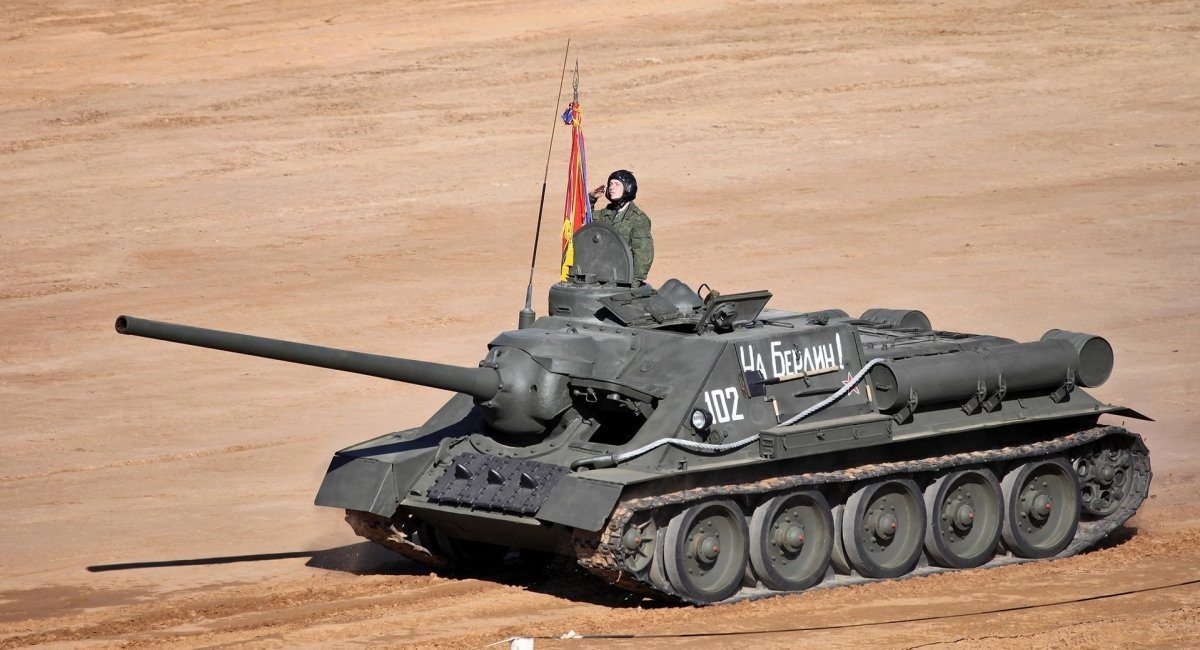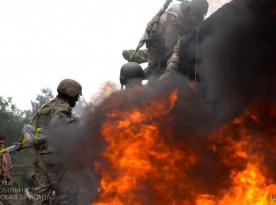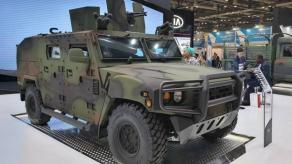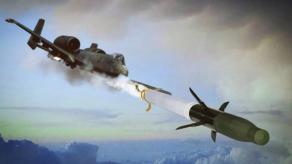September 2022, Vietnamese army carried out coastal defense military drills. During these maneuvers, some "ancient" SU-100 artillery systems with caliber 100mm were spotted, the ones that date back to WW2 and were produced from 1944 to 1956.
These 70-year-old guns still somehow retain a functional state in the hands of Vietnam's military, and perform the tasks of coastal defense, as reported by Defence24.
Read more: Russia is losing its Arms Export Potential as to War in Ukraine
According to the article, Vietnamese armed forces have about 100 units of SU-100. The Military Balance handbook only notes that there are some in service.
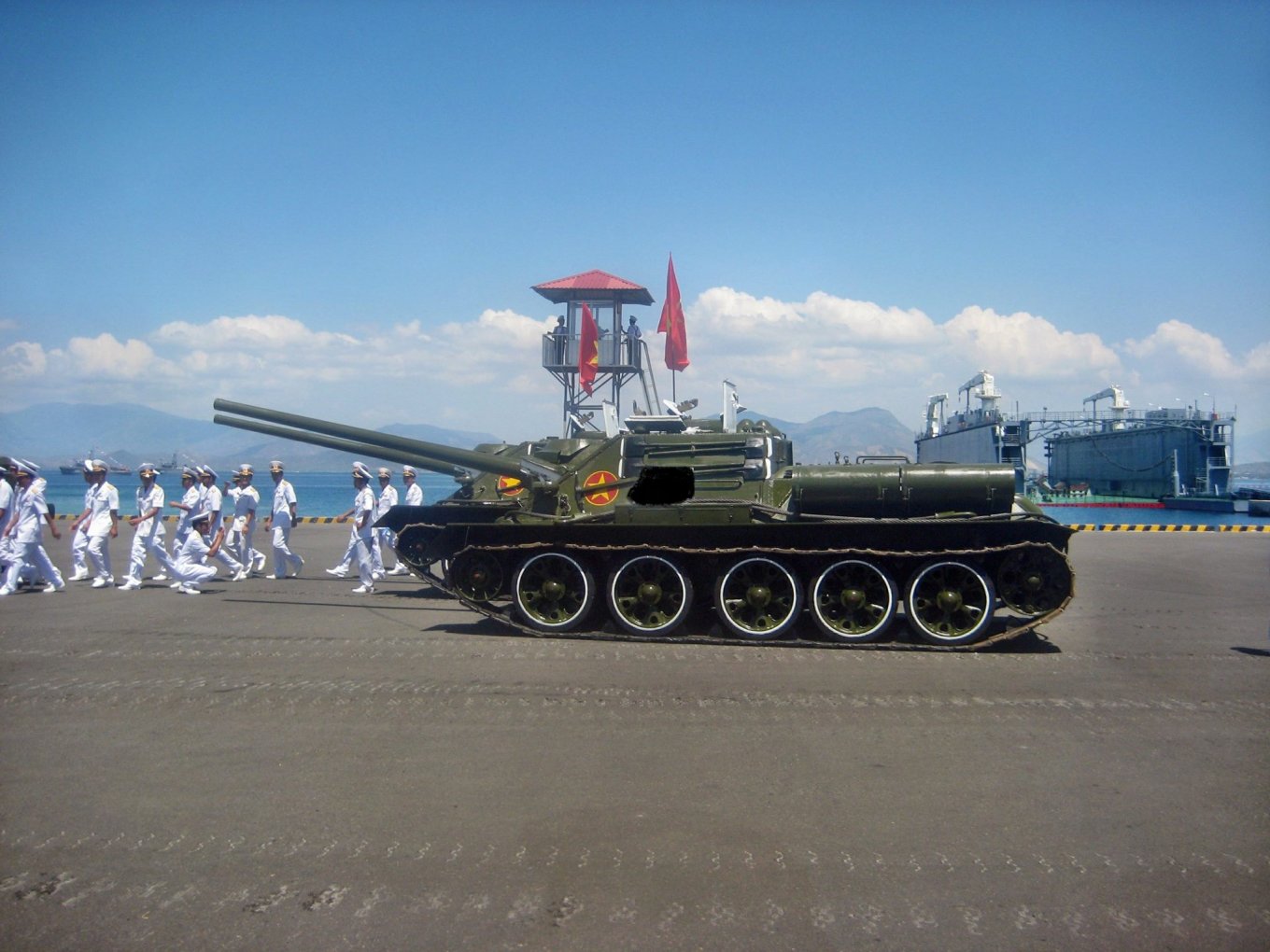
The SU-100 is equipped with a 100-mm D-10S gun which is used on T-54/T-55 tanks (Vietnam still uses 850 such tanks). This gun "on paper" has sight range of 6 km, and maximum firing range of 15 km, piercing up to 200 mm or armor. In modern warfare, this is enough to destroy any amphibious vehicle, e.g. in case of a Chinese landing operation.
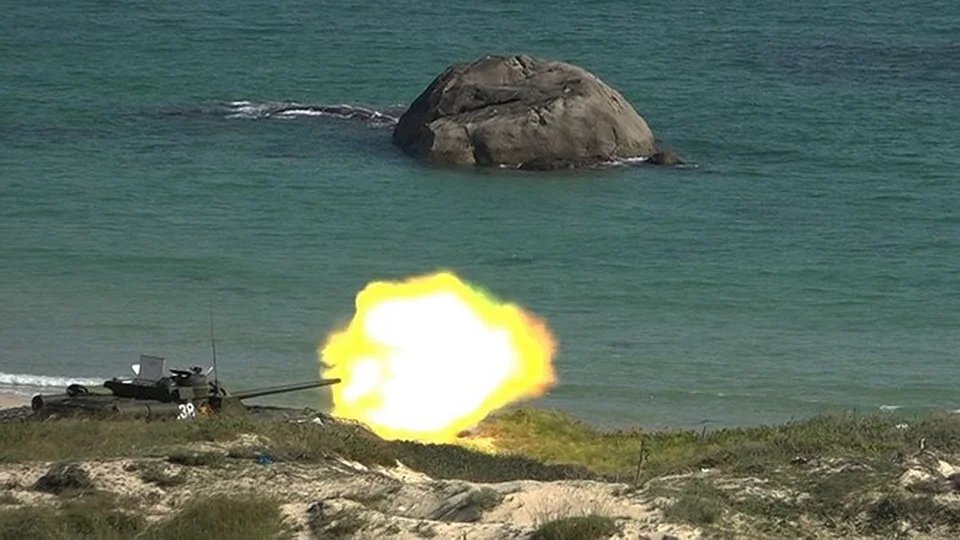
Considering the fact that the russian federation has already equipped some of their military units with obsolete scrap metal, such as occasionally spotted D-1 howitzers of WW2-era or the 1950’s KS-19 anti-aircraft guns, we can't rule out that at some point russia might turn to Vietnam asking to buy all these weapons.
But more importantly, on the example of Vietnam, we can see the "hidden" reason why russian military industry is quickly losing its positions on the global arms market.
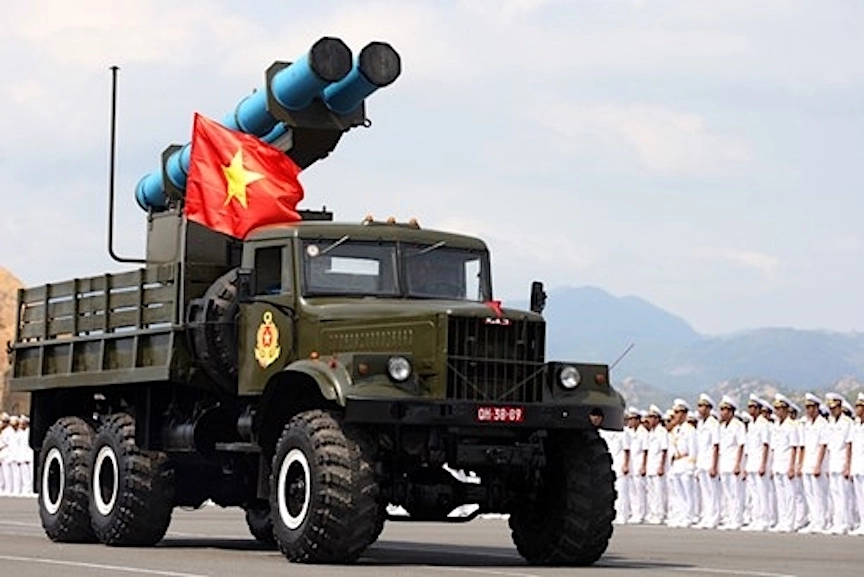
Vietnam can hardly be called a poor country, actually. The country’s defense spending in 2020 reached USD 5 billion for the army of 482,000 personnel. And it is quick to buy cutting-edge weapons, if there’s opportunity as well. For instance, Vietnamese coastal defense has modern AccuLAR-160 and EXTRA multiple rocket launching systems of Israeli production. Thus, if Vietnam had a chance to acquire newer artillery systems for its coastal units, for example from russia, Vietnam would use the opportunity for sure.
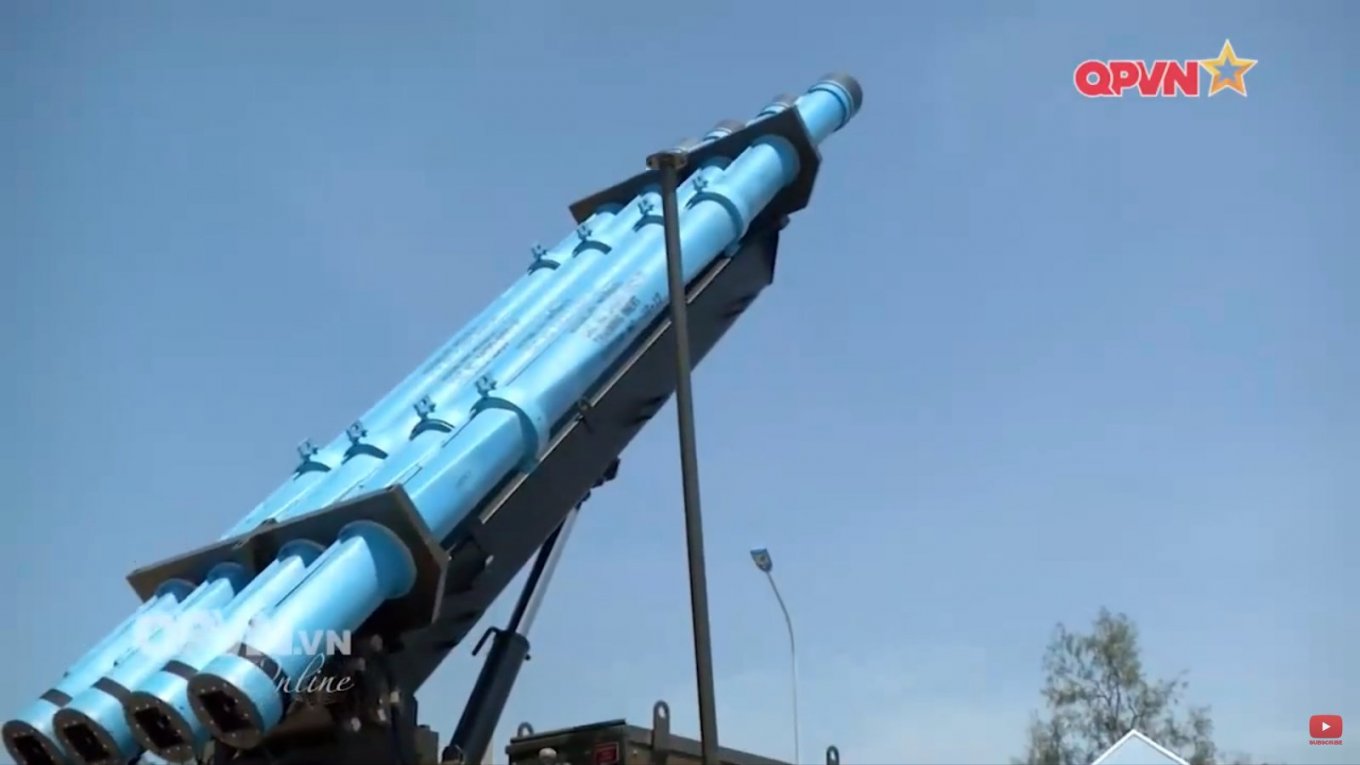
On the global arms market, the successful ones are the countries that can offer a comprehensive rearmament of the customer’s national defense.
But the russian defense industry works nothing like that. The Kremlin tries to sell only separate advertised "wunderwaffes" that are expensive and difficult to maintain. And if there’s an opening for russians to make additional demands on the customer, Moscow will take it. For example, in 2005, Vietnam ordered Bastion missile systems from russia, and the delivery of two divisions (sets) was lasting till 2016. Another case is when Hanoi had to refuse from buying additional T-90S tanks because Moscow had raised the price unreasonably high.
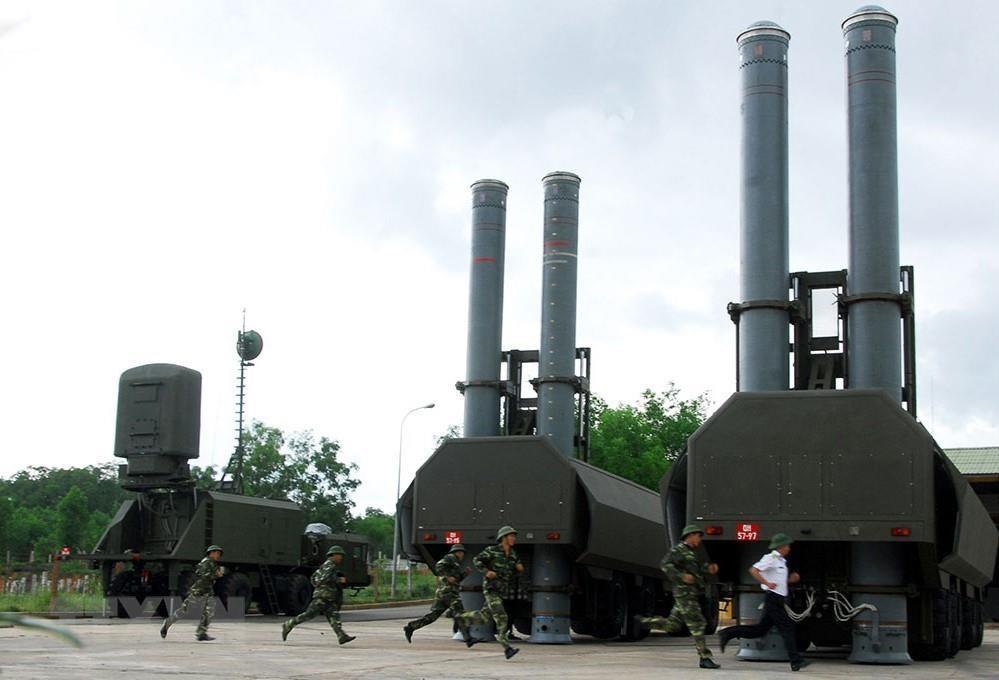
At the same time, Vietnam is in constant confrontation with China, and the relations with the USA began only a year or so ago. In these circumstances, Vietnam likely found the use of ancient SU-100 guns more convenient than negotiate on the procurement of more modern systems to replace them.
Read more: Russia Feels Lack of Weapons to Wage War in Ukraine, Hope to Get Indian BrahMos Missiles




